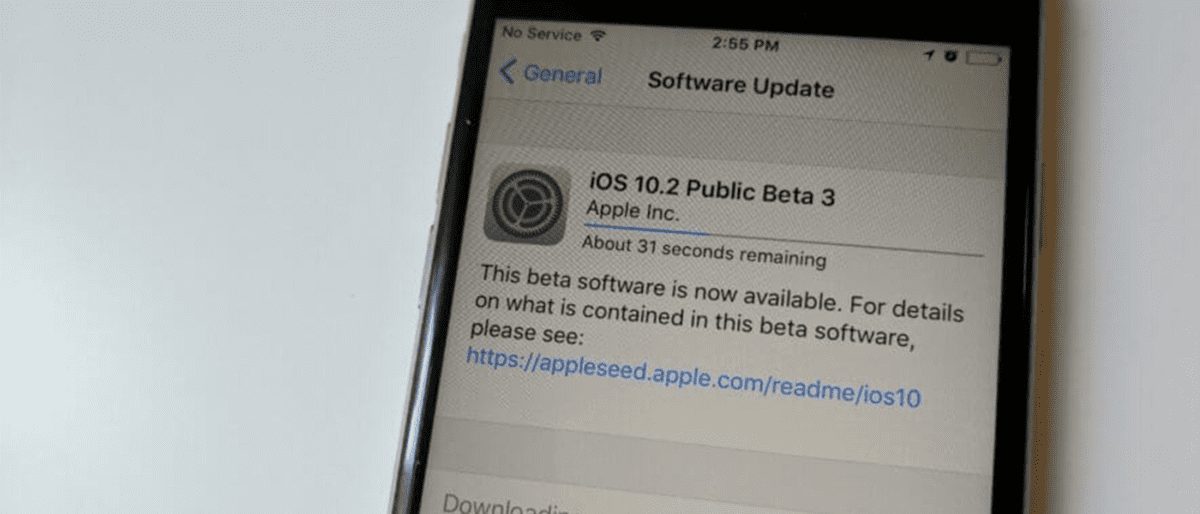Upgrading to the latest OS on any device can be a gamble these days, especially with the new iOS 10.2. Apple customers are far too familiar with many of the caveats of jumping into such updates, much of the time having the proverbial carrots dangled in front of us in the form of shiny new features and unparalleled intuitive interface.
But should you?
Over the years, the software updates sometimes seemed like they did more harm than good. Some devices themselves were flawed, seen recently in the “touch disease” cases when the iPhone 6 Plus line experienced defects within its touchscreen display, rendering them unresponsive — although Apple claimed that was a user-initiated flaw resulting from devices being dropped.
This time around, the latest firmware update has been a severe thorn in Apple users’ sides. iOS 10.2 was released on December 12th and came with a lot of nice little features like brand new emojis, the ability to preserve camera settings so that you can go back to your favorite custom filters and lighting tweaks, resuming a text when composing a message with the quick response feature, a TV app (U.S. only), and more useful gestures for the 3D touch feature.
While all of these features are great and useful in their own way, the one thing that users are experiencing is a significant battery drain. Initially, the now infamous “30% battery drain bug” was thought to be only restricted to the iPhone 6s/6s Plus models, but, as the net was widened, it was discovered that this bug affected all devices that were compatible with iOS 10. This defect, caused by a software malfunction, was first noticed in the previous updates, 10.1 and 10.1.1, and was such a problem that angry customers took to Twitter and flooded the Apple Support Community forums seeking a resolution. The Chinese government also slammed Apple in a statement, saying that Apple fails to “meet basic consumer needs for normal wireless communication.”
The “30% battery drain” problem is named as such because, as reported by afflicted consumers, when the device reaches this percentage, the device either freezes or powers off abruptly. As anyone reading this can imagine, this is more than a nuisance since we have become more reliant upon mobile devices for more than just leisure. Having an unreliable means of communication in this day and age can hurt business owners. Apart from that, this flaw is something that just shouldn’t be happen. Apple charges substantial sums of money for their devices, and consumers expect quality that they are just not receiving from the tech giant.
Apple also stopped signing the 10.1 and 10.1.1 updates, basically leaving those who are experiencing problems that have actually worsened since they’ve updated to 10.2 with nowhere to turn. Why would anyone want to downgrade, one may ask? It is a matter of choosing between two evils. iOS 10.2 seems to have exacerbated the original issue for those already affected AND devices that weren’t previously having issues are now having problems.
Apple has acknowledged the issue, and there may be a solution in the coming update, which is currently in beta. For now, customers can go to Apple’s aptly named “iPhone 6s Program for Unexpected Shutdown Issues” page and see if your device is eligible for a replacement battery.
Hopefully by next Fall, Apple will have solved the issue and will prevent new devices from being affected.
Author









































